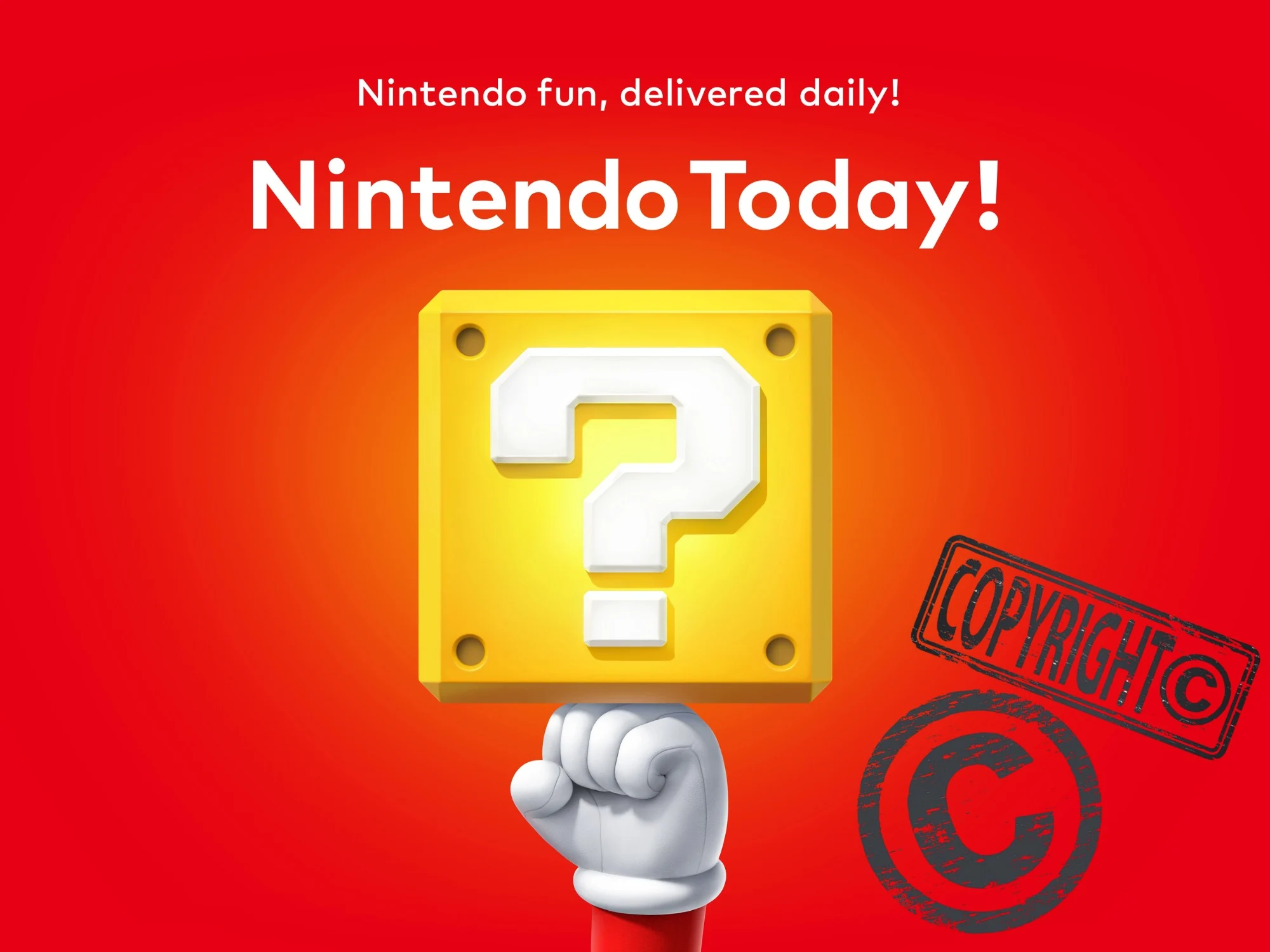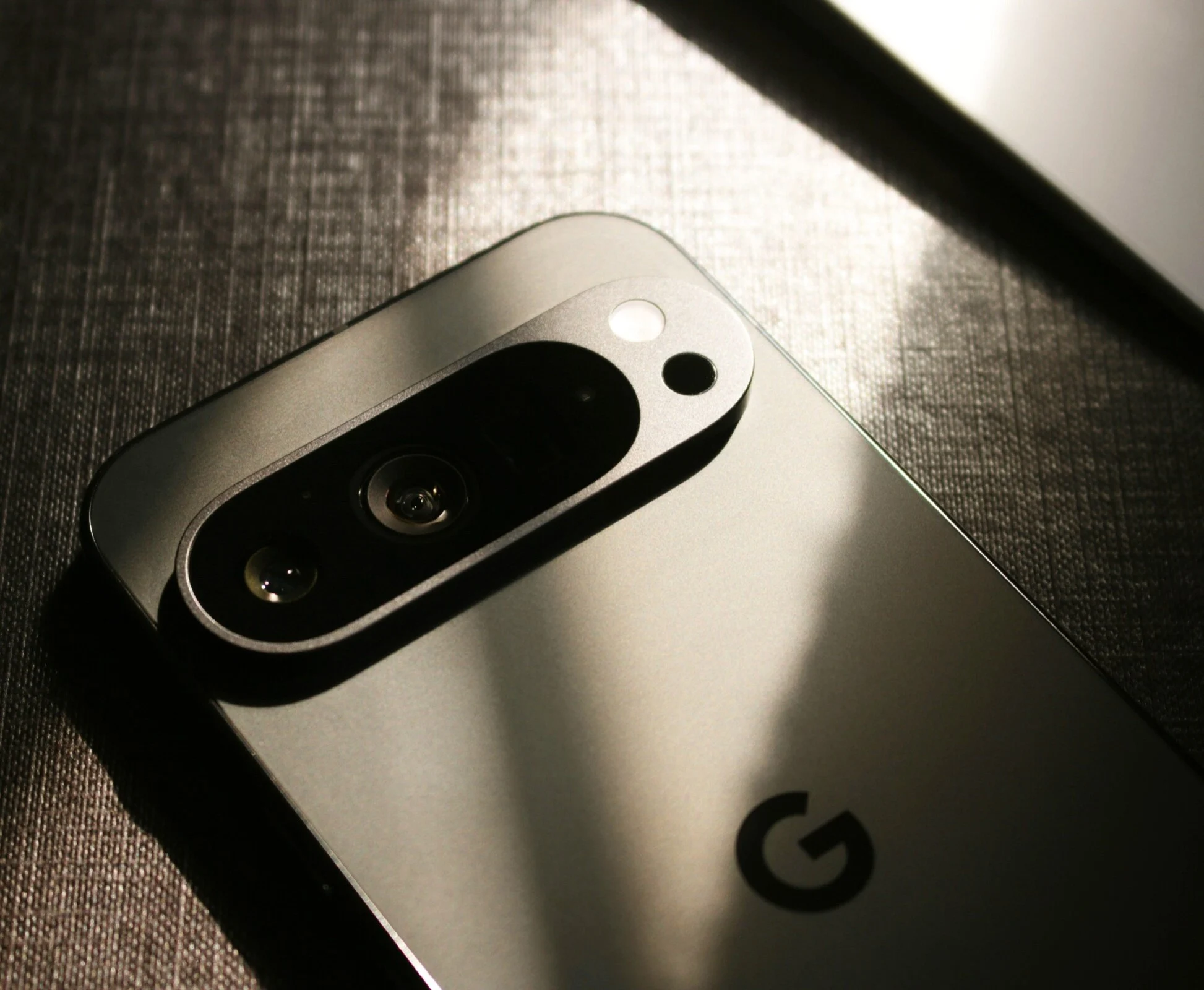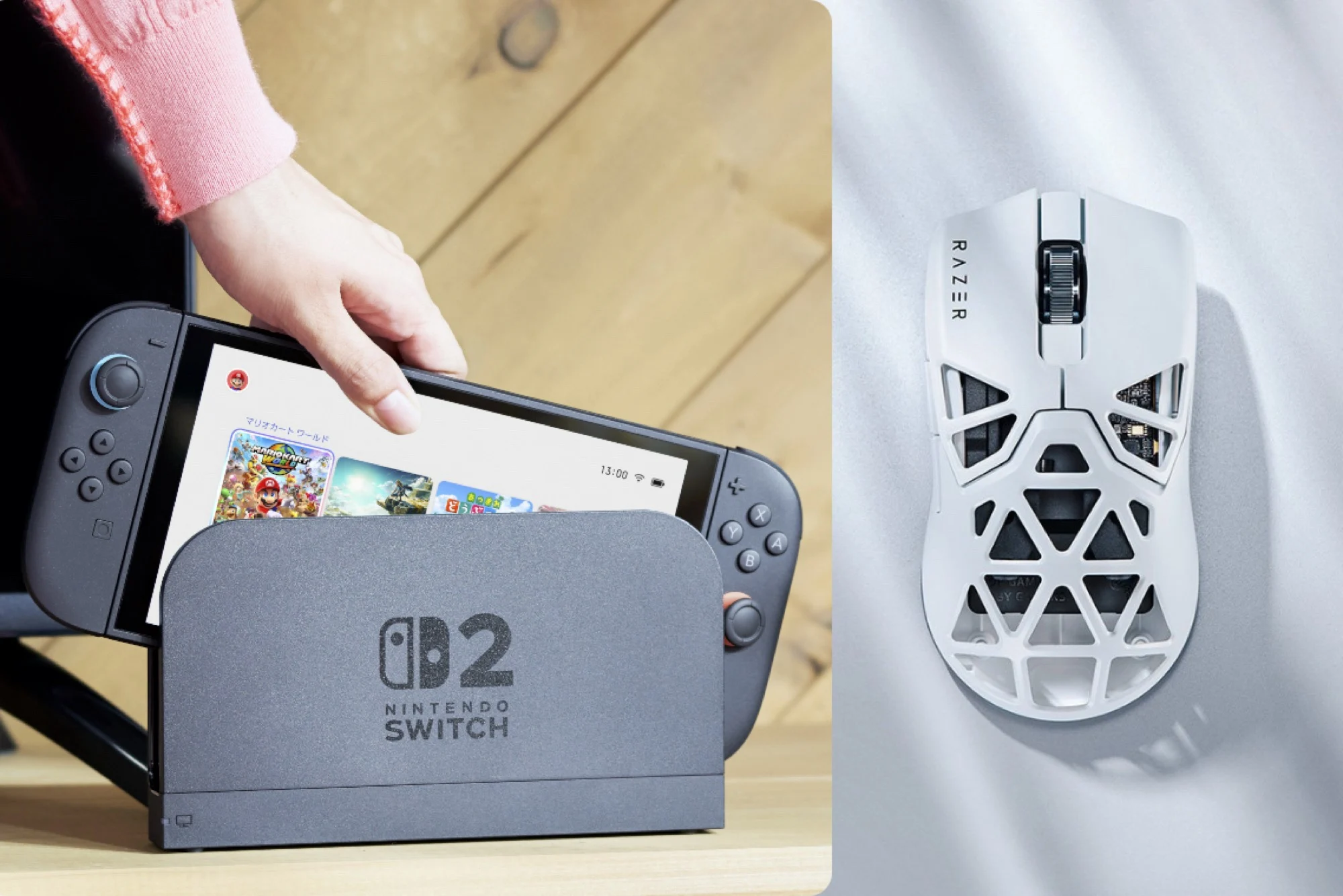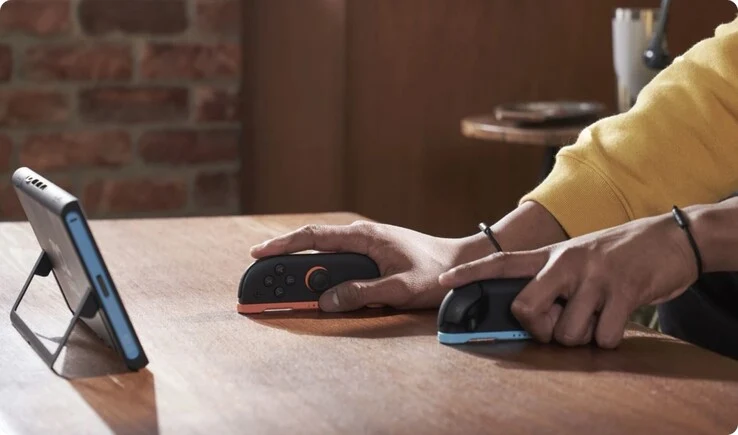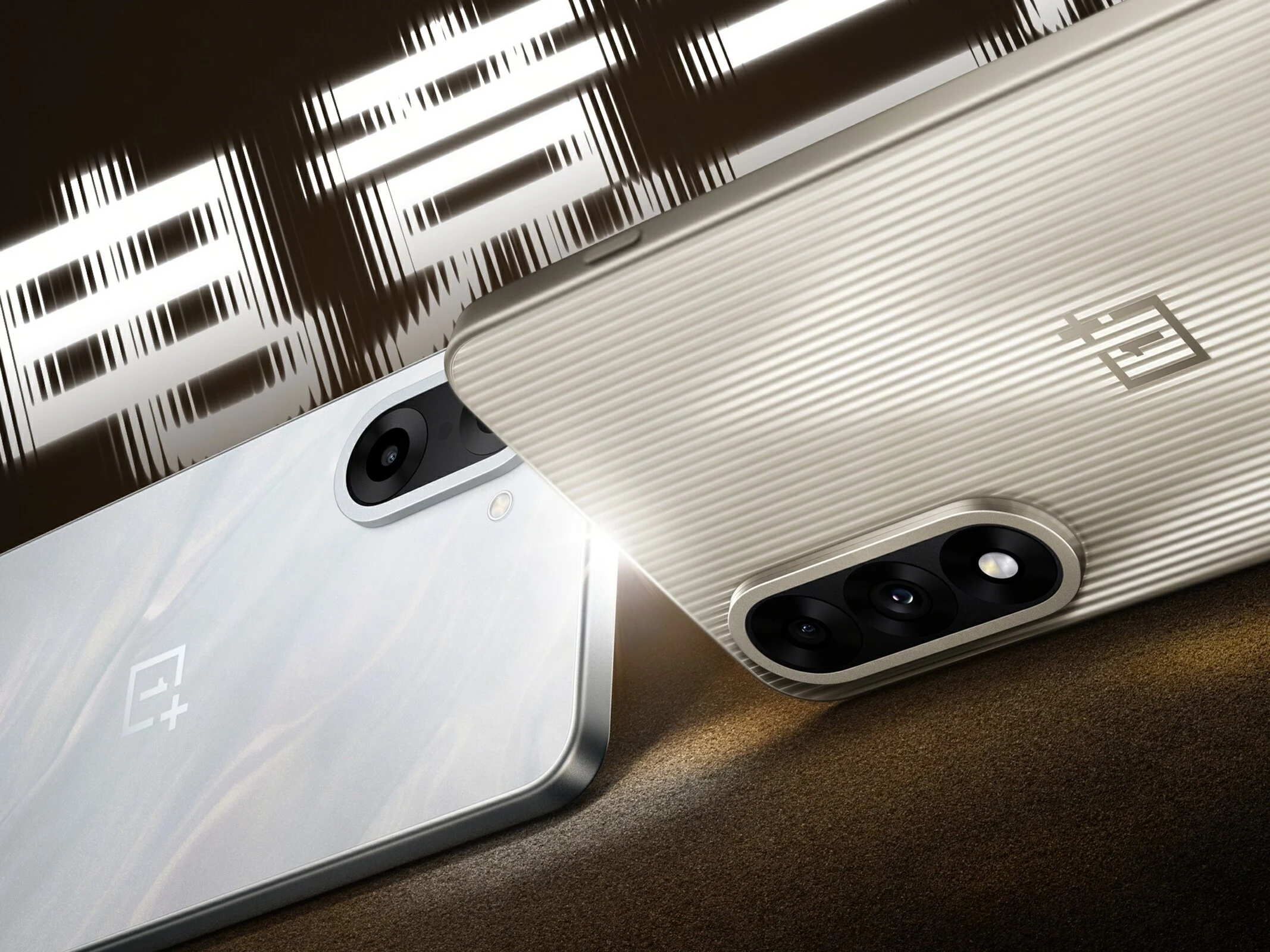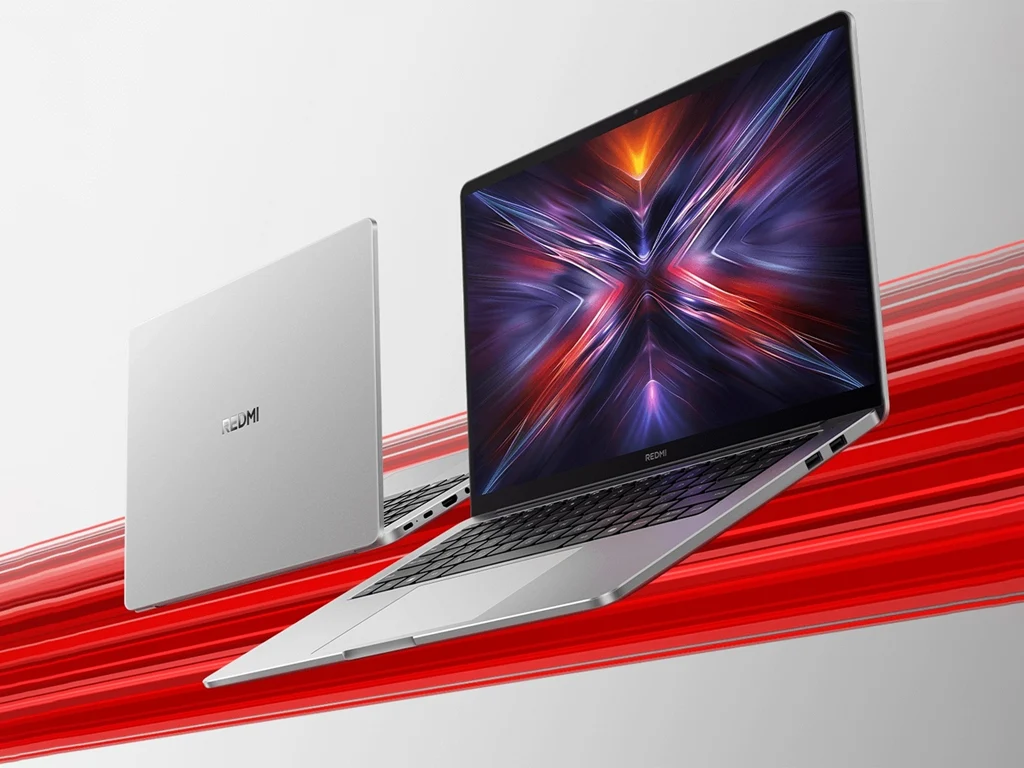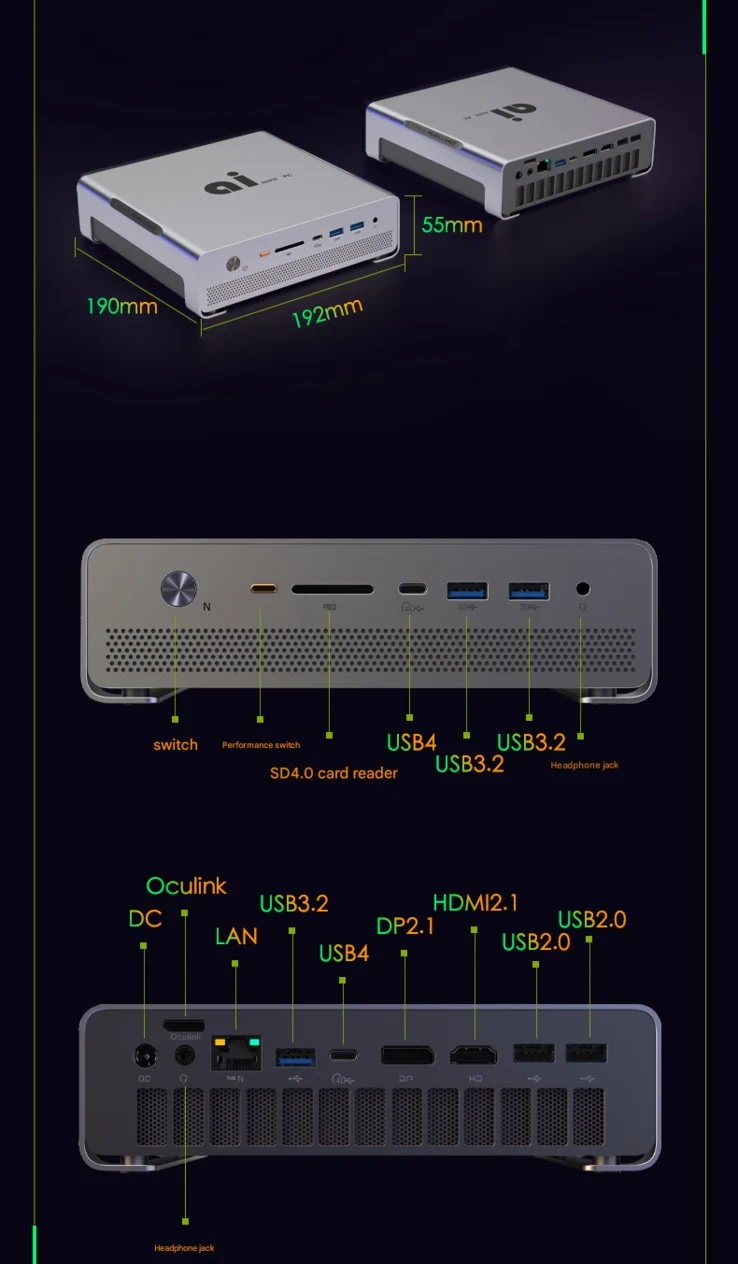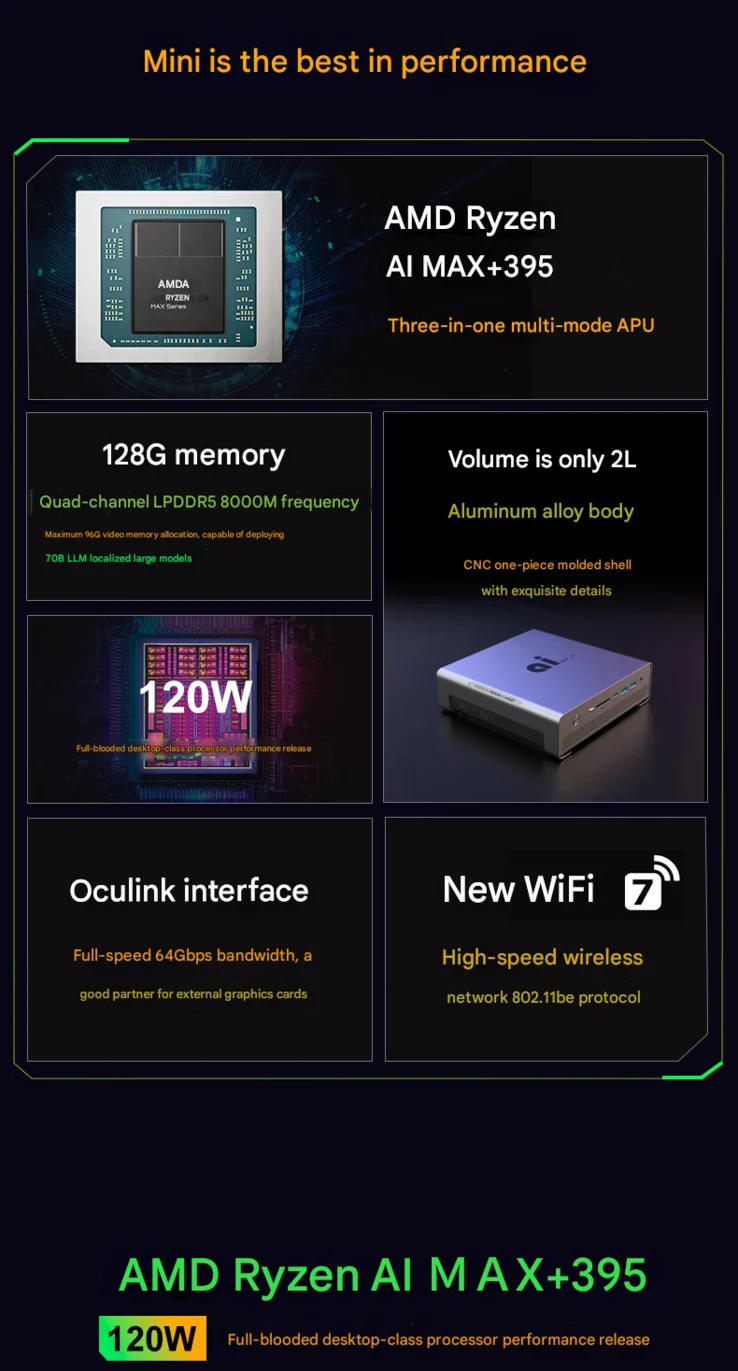Key Takeaways
1. The Nintendo Today! app provides news and updates about the upcoming Switch 2, but many gamers prefer social media or YouTube for information.
2. Nintendo has restricted screen captures in the app, indicating stronger measures to protect its intellectual property.
3. Some gamers believe these changes may be due to stricter DRM (Digital Rights Management) measures, with potential loopholes being closed.
4. The app offers limited in-game video captures and updates about new features, though much of this information has already been leaked.
5. Nintendo frequently takes legal action against copyright infringement but aims to increase app downloads despite frustrations from content creators.
The Nintendo Today! app shares news and updates as we approach the release of the Switch 2. However, many gamers prefer to find out more about the console through social media or YouTube. Recently, Nintendo has made it harder to share content by blocking screen captures in the app. This move is yet another instance of the company taking strong measures to safeguard its intellectual properties.
Observations from Reddit
A Reddit user named Cube_play_8 was among the first to spot this change in the Nintendo Today! app. The user believes that Nintendo might have implemented stricter DRM measures. While some smartphones still have the ability to record video or take screenshots, these loopholes might be closed soon. Creative users have already discovered methods to download videos from Nintendo’s Content Delivery Network. Additionally, fans can use a second smartphone to record media.
Mixed Feelings Among Gamers
Not every gamer sees Nintendo’s app as vital. Nonetheless, it sometimes reveals new information about the Switch 2’s specifications. Interestingly, the app has recently shown in-game video captures from the console, which are limited to 30 seconds. Other updates detailed the new Joy-Con mouse mode and features for extending the handheld’s battery life. Many of these insights weren’t surprising, as they had already been discussed in previous Switch 2 leaks.
Legal Actions and Access to Content
Nintendo often takes legal action against individuals accused of copyright infringement. This includes cases like the Teraleak Pokémon leaker and streamers who showcase unreleased games. However, the videos and images on Nintendo Today! are accessible to anyone with an account. The gaming company likely aims to encourage more players to download its new app. Still, this situation is frustrating for content creators and fans eager to find out more about the specifications and games of the Switch 2.
Source:
Link


